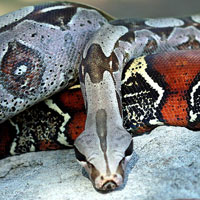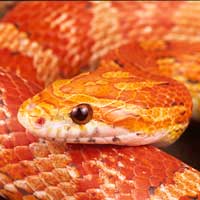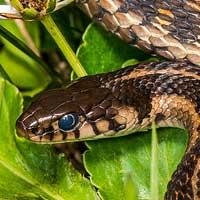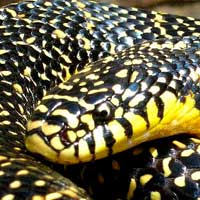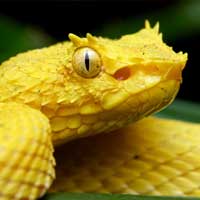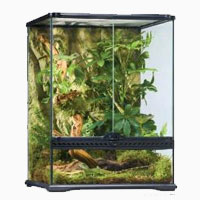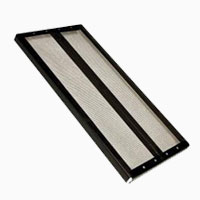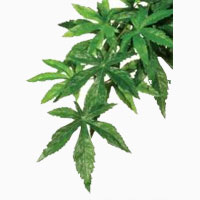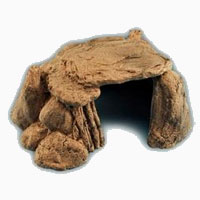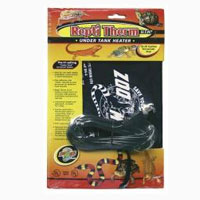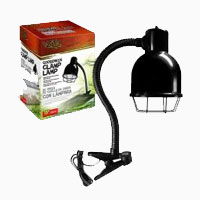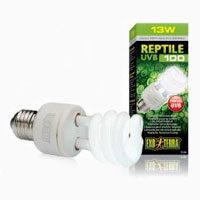Northern Pine Snake
Scientific Name: Pituophis Melanoleucus Melanoleucus
Share this Post
Northern Pine Snake is a rare large non-venomous snake from the class of colubrids native to the United States. It is often mistaken for rattlesnake because of its rattling tail when threatened. It is a large and powerful snake with a small head, it is light colored and the back has brown patches that can be brown or black on the sides. Some albino specimens exhibit uniform patterns. The snout is pointed and the upper scales of the mouth extend upwards. The scales are keeled in about 27 “ 37 rows. This large species feeds on a variety of prey such as moles, mice, birds, squirrels, small rabbits, eggs and gophers. It invades the burrows of prospective prey to hunt and eventually takes possession of the burrows. The snake sheds four times in a year and the adult grows to a length of 122cm to 254cm. Some of the common names are pine snake, bull snake, carpet snake, chicken snake and pilot snake.
Northern Pine Snakes Are Beautiful Creatures
Facts About Northern Pine Snakes
Geographic Location
Pituophis melanoleucus melanoleucus is found in the Washington, Nevada, California, New Mexico, Mississippi, Florida, Tennessee, North Carolina, Georgia, and South Carolina
Habitat
The snake thrives well in dry sandy areas and regions with pine forest.
Behavior
It coils, hisses when threatened and vibrates the tail and may strikes rapidly. However, it is a composed snake takes advantage of available burrows.
Reproduction
The snake mates in spring and lays a clutch of 3 to 24 eggs in June to August. Females deposit the eggs in the burrows until they hatch after about 64 to 79 days in incubation.
Captivity
The Pituophis melanoleucus melanoleucus is easy to maintain in captivity because it requires a simple diet of small rats and mice fulfills its diet. It acclimatizes easily and gets used to the life of the cages. It needs a hide box to keep away from view while it sheds off. North Pine Snakes, like most snakes, don’t like to be bother during periods of shedding.
